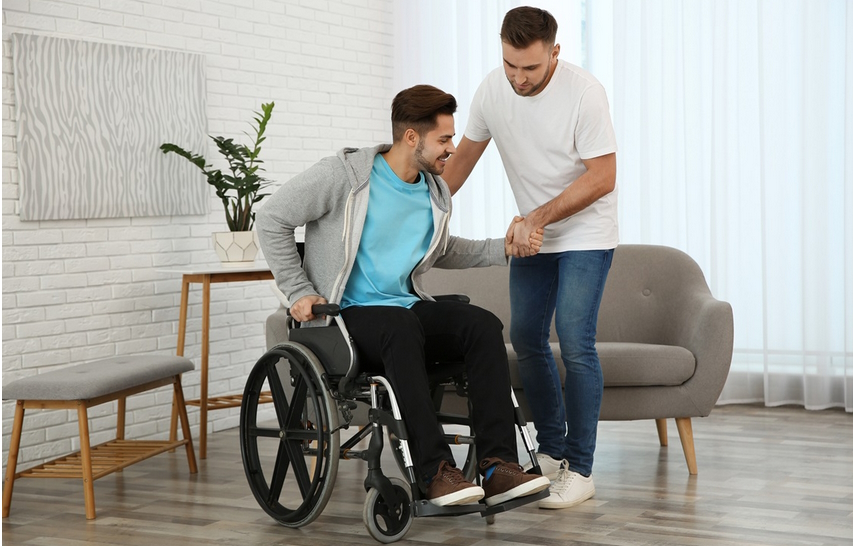Disability Housing Options: NDIS-Supported Accommodation and Housing Solutions
- Written by MISS.com.au

The National Disability Insurance Scheme (NDIS), which started in 2013, is a program that helps Australians with disabilities get the support they need. One important way it helps is by providing disability housing options.
NDIS-supported accommodation means there are different housing options to choose from. These options are designed to fit the specific needs of each person with a disability. This allows them to live more independently and comfortably in their own home. And over the years, NDIS-supported accommodation has grown significantly. It has expanded to encompass various housing models, from fully accessible homes to shared living arrangements with support staff readily available.
The impact of the disability housing orchestrated by the NDIS has been profound. It has given many people with disabilities the chance to live outside of special care facilities and have more independence.
This blog post will tell you more about the different NDIS-supported accommodation options available. We'll explain the different types, who can get them and how they can benefit you.
Supported Independent Living (SIL)
Supported Independent Living (SIL) is a good option for people with a disability who need ongoing support throughout the day, seven days a week. This support can range from help with daily tasks like cooking and cleaning to assistance with managing finances, getting around the community, and even personal care.
The scheme provides individuals with disabilities the chance to live in their own home, be it an apartment, house, or anything else.
According to the NDIS quarterly report from December 2023, over 640,000 Australians are receiving SIL support through the NDIS. This number continues to grow as more people become aware of the program and its benefits.
You should know that the SIL funding doesn't cover the cost of housing itself. You'll need to find a suitable place to live and pay rent or a mortgage separately. However, the support provided by SIL workers can make it much easier to live independently in your own home.
Specialist Disability Accommodation (SDA)
Unlike Supported Independent Living (SIL), which focuses on providing support in your existing home, Specialist Disability Accommodation, caters to the actual house or apartment itself.
SDA refers to specially designed or modified homes that cater to individuals with extreme functional impairment or very high support needs. These homes include features that make daily living activities significantly easier and safer.
For example, they could include doorways for wheelchairs, reinforced ceilings for hoists, or even smart home technology for added assistance.
SDA funding goes towards the design and features of the dwelling itself, not the cost of rent or mortgage. You'll need to find a suitable SDA property and pay rent separately. However, the unique features and accessibility provided by SDA can make a world of difference for those who qualify.
To be eligible, your NDIS assessment will determine if you meet the specialist disability accommodation needs test. This test considers the features you need in your home to live as independently as possible or the the specialist disability accommodation.
Transitional Housing
Transitional housing provides temporary accommodation for people with disabilities who are looking to move from a more restrictive setting, like a care facility, towards greater independence in a permanent home.
This setting is typically ideal for those who need some support to develop daily living skills or build confidence before living entirely on their own.
Transitional housing programs often provide support services like budgeting, cooking, and self-care, empowering individuals to develop the skills needed for independent living.
There might be a disability shared housing system where you might live with a small group of people who are also working towards more independence.
The length of stay will vary depending on individual needs and progress, but it typically ranges from a few months to two years. NDIS funding for transitional housing might cover the cost of support services and rent, but it's important to check with your plan manager for specifics.
Innovative Housing Models for People With Disabilities.
NDIS-supported accommodation is constantly evolving to meet the diverse needs of people with disabilities. In light of this, they are constantly exploring several innovative disability accommodation options.
Most of these innovative housing models push the boundaries of traditional housing solutions. They often feature cooperatives where people with similar needs share resources and support each other, or technology-enabled apartments that use smart features to enhance daily living.
Another exciting concept is micro-apartments. These are small, fully accessible units perfect for those who want to live independently but might not need a large space.
Wrapping Up
Taking control of your living situation is a powerful step towards greater independence and a better quality of life. As you've seen, NDIS-supported accommodation offers a variety of options to suit different needs and preferences.
Pick an option that best suits your situation and take advantage of this chance for better independence and a higher quality of life.
Also Read: The Ultimate Guide to NDIS Funding: Everything You Need to Know
